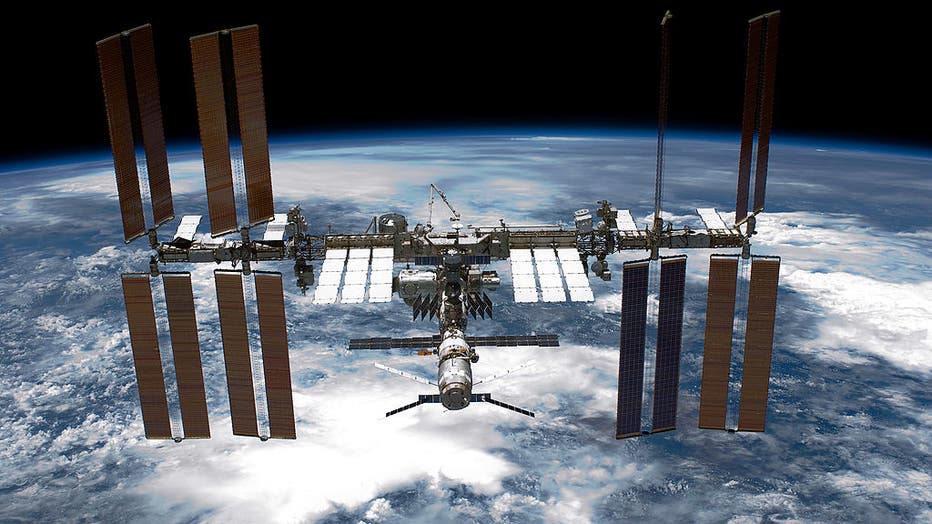What is Kessler Syndrome and the potential consequences for Earth of growing space debris?
NASA astronauts return delayed until at least March
Two NASA astronauts who have been suspended in space for six months are facing yet another delay and will not return back to Earth until at least late March, according to NASA officials. LiveNOW's Andy Mac spoke about the delayed homecoming with Ken Kremer, from Space UpClose
LOS ANGELES - Space debris threatens the future of space travel as thousands of defunct satellites and fragments circle Earth at dangerous speeds, experts warn.
Of 19,590 satellites launched since 1957, about 13,230 remain in orbit - but only 10,200 still function, the European Space Agency reported in September 2024.
Why space junk threatens Earth
The International Space Station dodged space debris 39 times since 1999, including multiple maneuvers in 2024, NASA reports. Some debris even reaches Earth - a Florida family recently filed an $80,000 claim after space station debris damaged their home.
What is Kessler Syndrome
Named after former NASA scientist Donald Kessler, who identified the threat in 1978, Kessler Syndrome describes a chain reaction where orbiting debris creates more debris through collisions.
The phenomenon could make parts of Earth's orbit unusable for space travel. A 2009 incident demonstrated this risk when two satellites collided over Siberia, creating a new field of debris, the American Scientist reported.
How space became a junkyard
Spacefaring nations launched about 50,000 tons of material into orbit since the 1950s. Defunct satellites, spent rocket boosters and even lost astronaut tools create a growing hazard above Earth.

FILE - In this handout provided by National Aeronautics and Space Administration (NASA), back dropped by planet Earth the International Space Station (ISS) is seen from NASA space shuttle Endeavour after the station and shuttle began their post-undoc
What happens if nothing changes
"We are seeing a dramatically increased use of space, but still insufficient technology to prevent the risks that follow," Holger Krag, ESA's head of Space Safety, said in a recent statement.
What space agencies plan to do
The European Space Agency adopted the Zero Debris Charter, aiming to nearly eliminate space junk by 2030. NASA and other space organizations worldwide now take more concrete actions to address the hazard.

